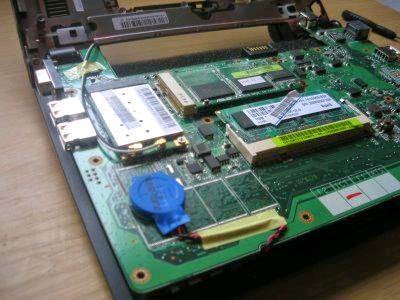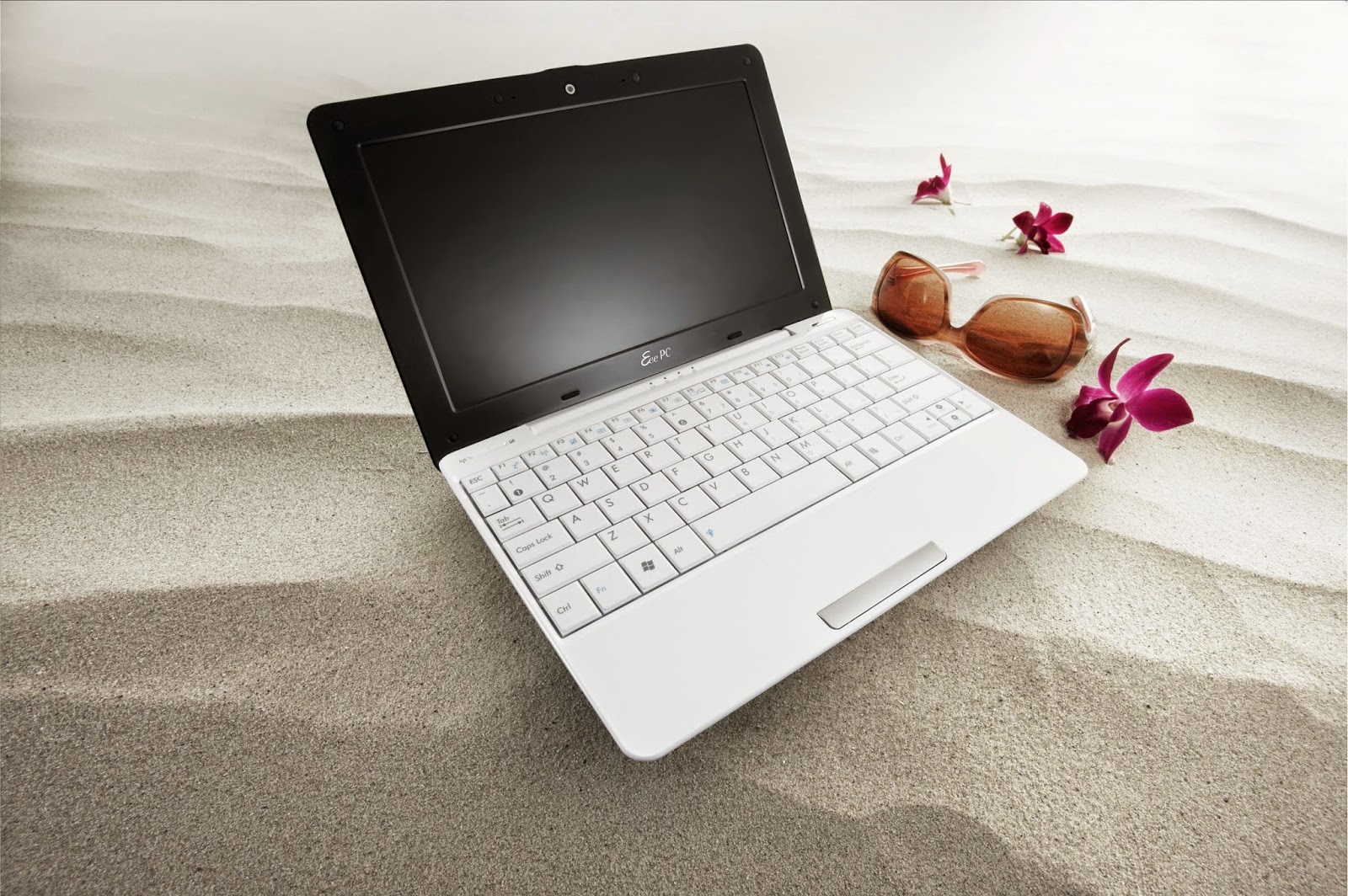 Though it lacks some of the capabilities of the more expensive Photoshop Touch, including cross-iOS/Android compatibility and compositing, it looks like it has a reasonably broad image-editing feature set and a major advantage: it can handle images up to 19 megapixels, while Adobe's app is limited to 1,600x1,600 pixels. Though it was launched with the new iPad--and will probably be really nice to use with that model's high-resolution Retina Display and quad-core processor--Asus Eee Pc 1015cx Network Controller Driver will also run on an iPad 2 and iPhone 4/4S. The app's browser interface supports side-by-side comparisons, flagging, favoriting, and the ability to select photos similar to the selection, which seems to mean photos shot around the same time with similar compositions. You can add captions here as well. The adjustment interface, in which you can directly drag on the image to change parameters like saturation, exposure, contrast, and so on, isn't new, but is probably new to tablets and touch. Unlike Photoshop Touch, there are no masking or selection tools; the best you can do is crop the image if the offending object is near the edge of the frame. The whizziest of the automation tools is autostraightening based on horizon lines in the photos. Apple rather misleadingly terms its localized adjustment tools "brushes"--misleading because I think people associate brushes with painting. Nevertheless, these can be really useful, and there's automatic edge detection to allow it to protect areas against changes; that's very nice, but the changes are so subtle, at
Though it lacks some of the capabilities of the more expensive Photoshop Touch, including cross-iOS/Android compatibility and compositing, it looks like it has a reasonably broad image-editing feature set and a major advantage: it can handle images up to 19 megapixels, while Adobe's app is limited to 1,600x1,600 pixels. Though it was launched with the new iPad--and will probably be really nice to use with that model's high-resolution Retina Display and quad-core processor--Asus Eee Pc 1015cx Network Controller Driver will also run on an iPad 2 and iPhone 4/4S. The app's browser interface supports side-by-side comparisons, flagging, favoriting, and the ability to select photos similar to the selection, which seems to mean photos shot around the same time with similar compositions. You can add captions here as well. The adjustment interface, in which you can directly drag on the image to change parameters like saturation, exposure, contrast, and so on, isn't new, but is probably new to tablets and touch. Unlike Photoshop Touch, there are no masking or selection tools; the best you can do is crop the image if the offending object is near the edge of the frame. The whizziest of the automation tools is autostraightening based on horizon lines in the photos. Apple rather misleadingly terms its localized adjustment tools "brushes"--misleading because I think people associate brushes with painting. Nevertheless, these can be really useful, and there's automatic edge detection to allow it to protect areas against changes; that's very nice, but the changes are so subtle, at
least on my old low-resolution iPad 2, that it's hard to tell if it's working. You can perform localized changes to saturation, brightness, and sharpness, plus there's a red-eye removal brush and a Repair brush for blemish-removal-type operations. Overall, the adjustments underwhelmed, as they don't seem cumulative. In other words, you get one sharpness brushstroke over a given set of pixels. And the quality was meh: for instance, the Repair brush just blurred over the offending pixels. The special-effects selection doesn't compare with what you get in a lot of apps out there, however. Your choices
are a handful of variations on six themes: Artistic (such as watercolor, oil paint, and tilt shift), Black and White, Duotone, Cooler/Warmer, Vintage (various film tones), and a monochrome with saturated color call-out called Aura. You can adjust the intensity of some of the effects. The swatch-fan interface, which presents you with variations on each of the options, is cute but the thumbnails look too small for actually selecting from. I think I'd prefer it to use the photo browser area on the left of the screen for that instead. Here Asus Eee Pc 1015cx Network Controller Driver gets a bit authoritarian, too. It won't let you apply an effect and then use a brush. If you try, it peels back and shows you the previous non-global-adjusted version, waits for you to apply your change, then reapplies the effect. Nor can I figure out a way to apply multiple effects. Finally, there are a few ways to share and display photos. Photo Journals automatically and interactively creates albums of your photos that you can supplement with captions, maps, and dates, though it can only automatically insert a date based on photo metadata. You can export a Photo Journal as a Web page via iCloud as well. Photo Beaming will allow you to send the full-resolution image to another iOS device, via Wi-Fi or Bluetooth. You can also stream them to a TV via an Apple TV or upload them dir

No comments:
Post a Comment